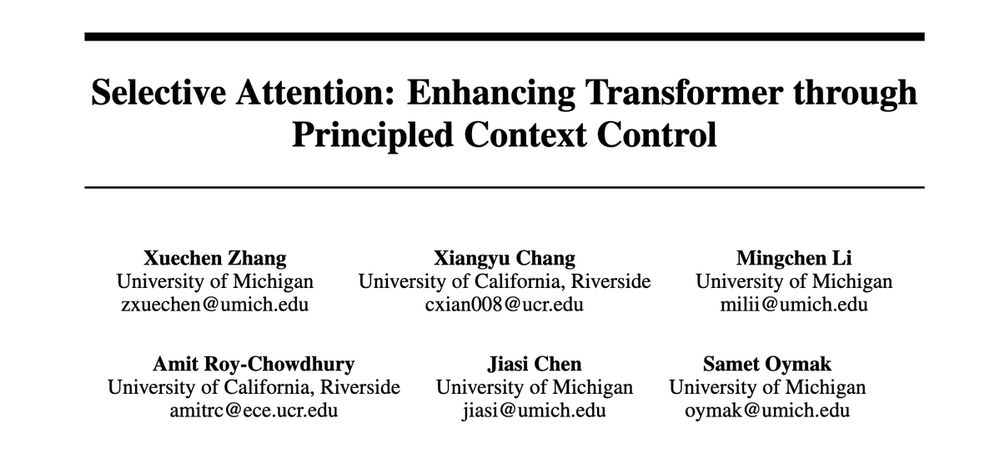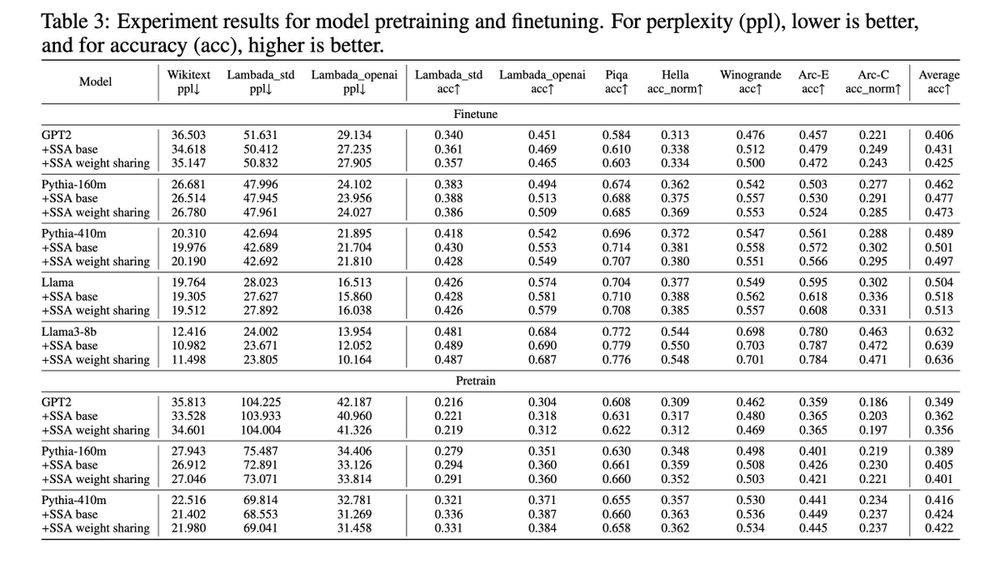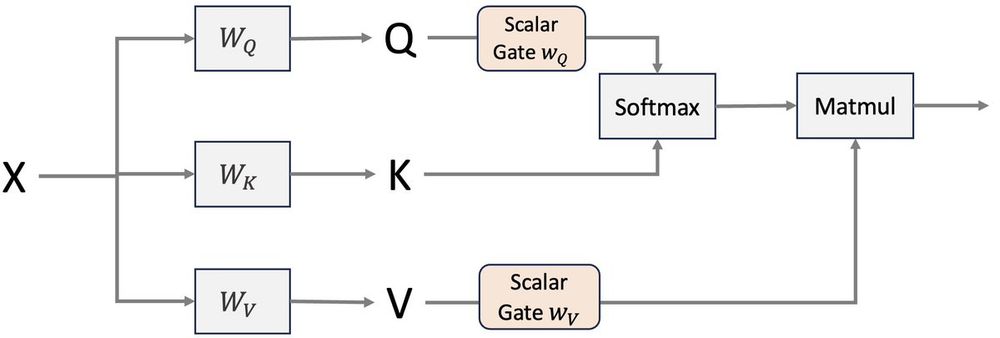
https://sota.engin.umich.edu/
- 1 paper ≥5.0
- 6 papers ≥4.5
- 11 papers ≥4.0
- 25 papers ≥3.75
- 42 papers ≥3.5
Good luck to all with rebuttals!
- 1 paper ≥5.0
- 6 papers ≥4.5
- 11 papers ≥4.0
- 25 papers ≥3.75
- 42 papers ≥3.5
Good luck to all with rebuttals!

Generative Adversarial Nets
Ian Goodfellow, Jean Pouget-Abadie, Mehdi Mirza, Bing Xu, David Warde-Farley, Sherjil Ozair, Aaron Courville, Yoshua Bengio
Sequence to Sequence Learning with Neural Networks
Ilya Sutskever, Oriol Vinyals, Quoc V. Le
Generative Adversarial Nets
Ian Goodfellow, Jean Pouget-Abadie, Mehdi Mirza, Bing Xu, David Warde-Farley, Sherjil Ozair, Aaron Courville, Yoshua Bengio
Sequence to Sequence Learning with Neural Networks
Ilya Sutskever, Oriol Vinyals, Quoc V. Le







